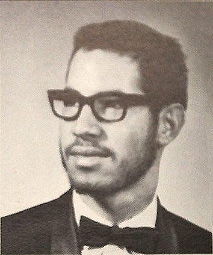Bill Fernandez | |
|---|---|
 | |
| Nationality | American |
| Education | Homestead High School |
| Occupation | Engineer |
| Known for | Apple Inc. employee #4 who first introduced Steve Jobs and Steve Wozniak; a member of the Apple Macintosh development team |
Bill Fernandez is a user-interface architect and innovator who was Apple Computer's first full time employee when they incorporated in 1977 and was issued badge number 4. He is credited with introducing fellow Homestead High School student Steve Jobs to his friend (and Homestead alumnus) Steve Wozniak [1] and developing schematics for the Apple II so the computer could be mass-produced.
Contents
He is the son of Jerry Fernandez and Bambi Fernandez (both Stanford University graduates). [2]